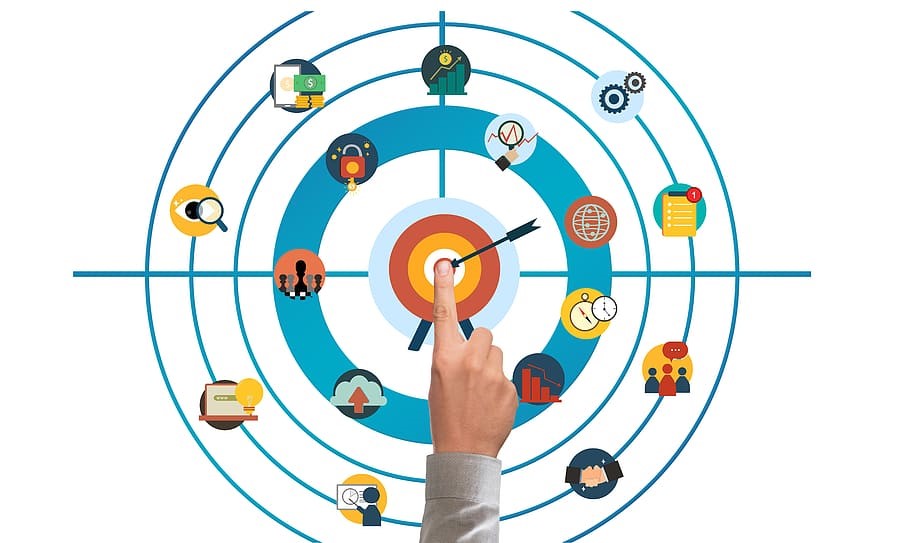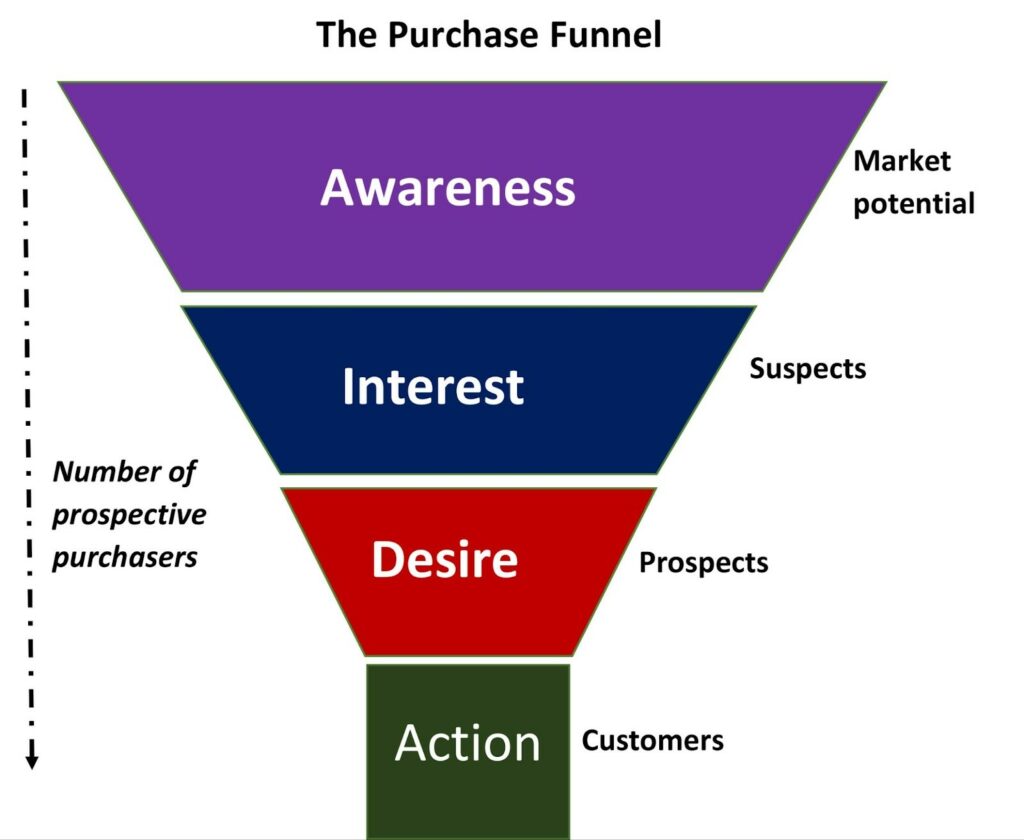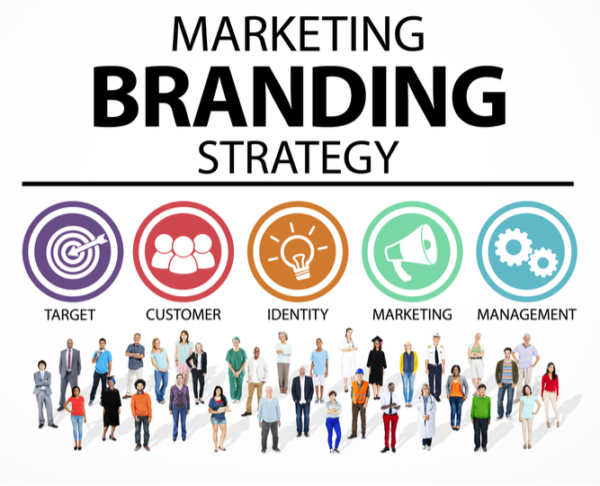Is your marketing department hemorrhaging money? Are you looking for a new marketing strategy that can help you drive the ROI? Well, we’ve just the right solution for you! It’s called performance branding. And it has broken the conventional notions of how marketing operates.
Performance marketing is quickly being recognized as the future of marketing in the 21st century.
But what is driving this recognition?
How can you leverage the power of performance marketing for your organization?
Can performance marketing truly drive increasing marketing ROI?
In this blog, we’ll answer all these questions and tell you about the power of performance branding.
Ready to find out? Let’s get started!
What is Performance Branding?
Performance branding is a combination of brand marketing and performance marketing.
Brand marketing is understood as the process of building a recognizable brand that users trust and identify with. It drives organic results and builds a long-term cache. This helps enterprises retain customers and expand their operations.
On the other hand, performance marketing requires you to pay the piper for the music. According to this concept, enterprises pay for marketing services such as:
- Advertisements on social media platforms,
- Offers on affiliate websites,
- Links on search engines,
- Backlinks on domain-authoritative guest sites.

However, in performance marketing, the payment is based on a tangible objective. For instance, you pay Google only for the number of clicks your ads receive rather than for general visibility.
However, when deployed separately, brand and performance marketing may lead to disappointing consequences.
After all, who wouldn’t want to invest in a marketing campaign that’s bound to result in definite clicks and purchases?
So, why are enterprises abandoning traditional marketing for performance branding strategies?
What is Driving the Rise of Performance Branding?
According to a study, customers don’t trust more than half the brands they encounter online. So, what do half the organizations know about marketing that others don’t?
1. Focus on Late Funnel Stages
Most performance branding is focused on late-funnel marketing. The bottom-of-the-funnel marketing approach may have some advantages, as it leads to conversions. However, it either ignores or does not target other stages of the funnel altogether.
Thus, performance branding confines marketing to sales. This robs marketing of its meaning and reduces its ability to create more leads.

2. Historical Data Giving Outdated Insights
Slowly but surely, data tracking and collection are becoming more refined. This means collecting data is not enough. Let’s take the example of product suggestions. If someone purchases a soccer ball online, it is no longer enough to suggest different types of soccer balls to someone who has recently bought one.
Rather, the idea is to proceed with suggestions for air pumps, soccer gear and brand-new cleats. Thus, performance marketing implements strategies that often try to create future sales based on past data.
Here, as we will see, performance branding can solve a lot of problems.
3. Difference Between MROI and Execution
Marketing ROI is often measured as the difference between sales growth and money spent on marketing. However, this formula misses the crucial point that not all marketing ROI is reflected in the short term.
Take brands like Under Armour, Puma, Nike or Adidas. Their marketing ROI isn’t a measure of just sales growth. It is also about the ratio of their sponsored teams in every major sporting league.
Thus, it may happen that traditional marketing ROI doesn’t reflect the long-term results of brand marketing. This is, thus, another area where performance marketing takes undue priority over brand marketing.

4. Lack of Real-Time Optimization
Another problem that traditional marketing is the lack of real-time optimization. The modern market shifts daily, weekly or monthly. Most marketing budgets fail to reflect this crucial fact of today’s marketplace.
Take Stanley Cups: the mug that looked set to become America’s beverage holder for a decade to come. But, it was dead within a matter of months. Why? Because its branding was not holistic. The marketing strategy failed to account for the increased customer awareness and consciousness.
Thus, when deployed separately, performance marketing and brand marketing lack a unified approach. Such an approach is necessary for success in today’s aggressively changing market.
Why Performance Branding?
Performance branding does things differently. It conceptualizes the market as a two-horse win-win race. This race is between the brand’s identity and its short-term ability to influence buying journeys. Let’s see why it works:
1. Best of Both Worlds
First, performance branding combines the best aspects of performance marketing with brand marketing. It realizes that organic, long-term growth is as important as short-term paid traffic.
For instance, it focuses equally on content marketing via SEO and paid promotion via creative backlinking. Thus, performance branding helps you split your strategy for long-term success and short-term nourishment.

2. Requires Compliant Adaptation
As you may have heard, cookies are dying. Most search engines have already started removing trackers, and soon, Google will do the same. Thus, performance branding requires companies to shift their data collection efforts in a direction that complies with privacy concerns and data regulation laws.
This means organizations must focus as much on creating an organic brand identity as they do on driving immediate sales through growth hacking.
This also makes top—and middle-funnel marketing all the more important and desirable. Both these types of content help organizations educate customers and build trust, which in turn triggers buying decisions.
They also require marketing teams to create identity graphs of their customers to understand the details of their buying decisions.
3. Takes Advantage of Individual-Level Transaction Data
While illicit means of gathering data are dying, innovative data-collection strategies are becoming legal and useful. For instance, understanding customers’ spending habits helps organizations create profiles of them.
This allows them to then create, tailor and deploy their performance marketing efforts in the most appropriate directions.
Targeting customers individually further shows how performance branding focuses on establishing and maintaining customer confidence in the brand. Performance branding tells the customer that the brand anticipates their needs, helping them associate the brand with proactive fulfillment.
4. Media Consumption Reports
Technology has assumed a growing importance in targeted marketing. For instance, today’s televisions can track and record which ads were seen by the viewers for how long.
Such data is a goldmine for potential advertisers, agencies and creatives. Here, performance branding is extremely important. Imagine an ad that educates customers about its services or products and leaves a CTA about a sale at the end.
The data collected on this ad and the subsequent growth in revenue can help advertisers decipher the cause-and-effect relationships between ad content and customer behavior. For instance, it tells the advertisers how much of the sales were driven by the brand itself and how much by a specific offer.
Such data is invaluable, especially because the ad market is set to grow in the coming years.

5. The Rise of Customer Data Platforms
Customer data platforms are one-stop solutions to customer relationship management problems. They help enterprises combine data from multiple sources:
- Customers themselves,
- Relevant third parties,
- Internal sources and
- External sources.
CDPs provide sound data on which analytics can be performed. These analytics then help organizations sharpen their marketing strategies and sales plans.
CDPs further enable organizations to understand the motives of individual customers and clusters. They allow them to track and determine different buying journeys that result in the sale of the same products.
Such technology thus gives enterprises unprecedented long-term insights into their marketing ROIs. It also helps them take an agile approach and tweak their marketing strategies on the go.
6. Harnessing the Power of Influencer Marketing
The rise of TikTok captures the power of influencer marketing. The same is true of Instagram’s influencer network. In fact, more than half of social media users rely on influencers for product recommendations.
Performance branding insists that organizations incorporate influencer marketing. It asks organizations to curate a wide network of influencers and reliable marketing agencies to create user-centric selling experiences.
Conclusion
As we have seen, performance branding throws open the concept of the sales funnel.
It moves beyond the traditional perception of marketing and helps enterprises create agile marketing campaigns. It gives campaigns a dual purpose. All performance branding campaigns are designed to inspire confidence in customers and trigger a buying decision, either in the long term or the short term.
At Lean Summits, we specialize in helping you craft a strategy suited to your growth journey and your customers’ buying journeys.
Our aim is to help you reimagine and reconceptualize the sales funnel. Our experienced consultants are experts who will help you craft your own funnel from top to bottom.
From what tools to invest in, to what factors to include in creating identity graphs, we can help you with every aspect of performance branding.
The Lean Summits approach offers you end-to-end performance branding services. Collaborate with us, and together, let us help you conquer the peak of your industry’s mountain.
Schedule a complimentary performance branding consultation, or learn more about our growth marketing capabilities.
FAQ
- What is Performance Branding?
Performance branding is a marketing strategy that combines the attributes of brand marketing and performance marketing into a unified approach. It requires an enterprise to strengthen its funnel-based approach to marketing, extending it to pre-sale, during-sale and after-sale engagement to increase revenue and earn customer loyalty.
- What are the elements of Performance Branding?
Performance branding combines different elements of brand building and performance marketing. Its main elements include rigorous SEO, consistent content marketing, GTM-based models, email marketing and networking. It is the new way of driving marketing ROI.
- How can Lean Summits help me develop a Performance Branding Strategy?
At LSS, we specialize in helping you craft marketing strategies designed to take you to the top of your industry’s summit. We understand your growth journey, business model and organizational objectives to suggest short and long-term strategies for performance branding. We also help you strike a balance between marketing your brand and your services without compromising on either.
- What investment does Performance Branding require?
Performance branding requires investments in two major things. First, in the planning phase, where we audit your existing marketing strategies and devise a series of tactics to incorporate them into a performance branding plan. Second, it requires you to invest in a customer data platform that can help you create customer profiles, analyze consumer data and manage the buying journeys of individual customers or customer profiles.


